Shterba corridor: maintenance, breeding and care
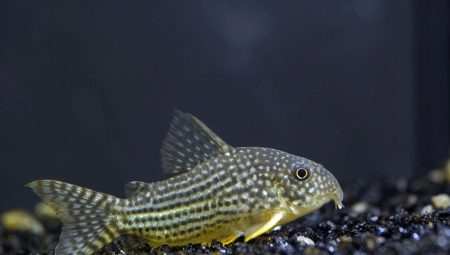
One of the most popular catfish in aquarium hobby is the trunk corridor. This fish is easily distinguished by its variegated color, peaceful character, unpretentiousness and ease of care. Such an aquatic inhabitant is good for shared aquariums, but a wide bottom is essential for him.

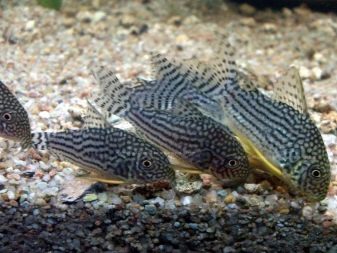
Description
The trunk corridor grows up to 6.5 cm, however, experts recommend purchasing young individuals, the length of which is 2.5-3 cm.
It is impossible to confuse this corridor with other catfish. - they have too original color, the body of the fish is painted in a dark gray, almost black color, and is literally covered with white specks, especially a lot of them near the caudal fin. Around the dorsal and lateral fins, a narrow strip of a reddish tint is noticeable, which makes the fish even more spectacular and unusual.
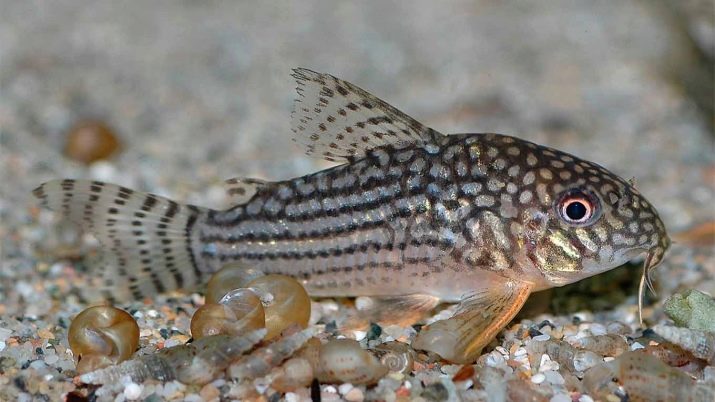
It is very rare, but you can find an unusual variety of this catfish - albino, it is not pigmented, its entire body, including the eyes, is pure white in color.
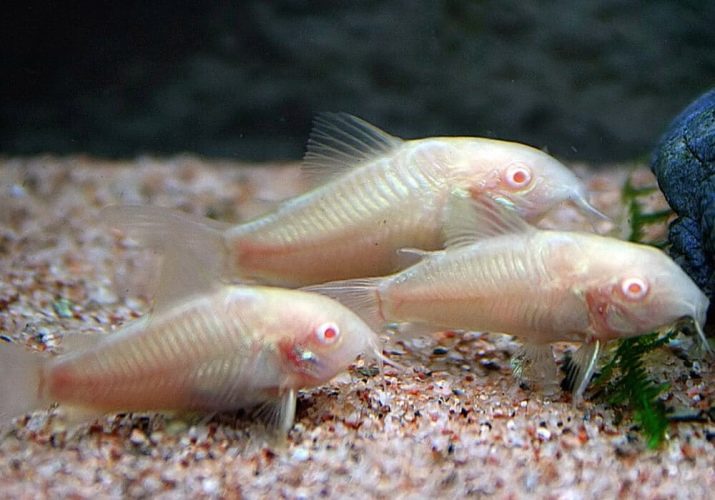
Females and males are well distinguishable - the males are much smaller, but more graceful, especially if you look at them from above. Females are more robust and have a round abdomen.
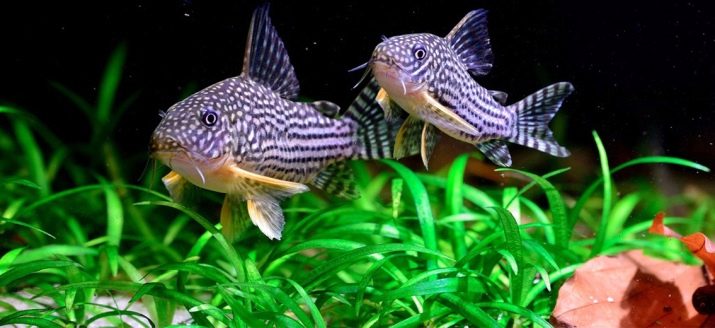
Advantages and disadvantages
Before you populate the trunk corridor in a common aquarium, it will be useful to learn about the main advantages and disadvantages of this fish.
Among the advantages are:
- undemanding to food;
- peaceful disposition;
- spectacular appearance;
- ease of breeding.
The disadvantages include:
- exactingness to the quality and purity of water - if the reservoir is polluted with organic matter, then the catfish will start to hurt and in most cases this leads to their death;
- at least once a week, you should change the water by about a third.
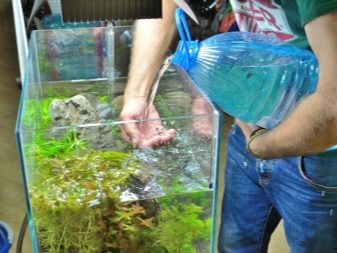
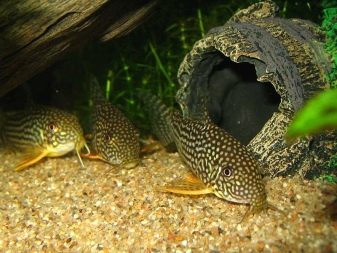
Content
In order to create a comfortable habitat for the trunk corridor, it will need a spacious aquarium with a large number of living plants, grottoes and driftwood, however, open areas of the bottom should also be present.
These catfish are herd animals, so you need to buy them in a large group of at least 6-8 individuals. For such a "company" you will need an aquarium with a volume of 150 liters or more, while its length should be at least 70 cm, since the corridors are distinguished by their activity; the free area in the bottom zone is important for them.
These fish spend most of their time digging into the substrate and looking for food for themselves, therefore, it is optimal that the soil consists of river sand or fine-grained smooth gravel.
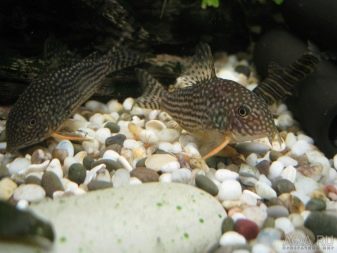
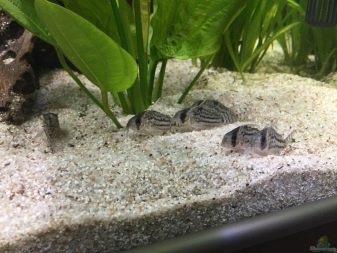
As we already mentioned, the quality of water is extremely important for shterba catfish, they are sensitive to its chemical composition, they categorically do not tolerate the presence of nitrates, salts, chemicals and drugs. If the water does not suit them, the fish experience a stressful state, which manifests itself in rapid breathing and the desire to climb as high as possible on the leaves of plants near the very surface of the water.
If such symptoms appear, you should change the liquid by 40-50%, clean the filter and carefully siphon the bottom. However, if you have a high-quality purification system installed and you regularly update the water, then problems with catfish can be avoided.
Optimal parameters for keeping the trunk corridors:
- temperature - + 25-26 degrees;
- acidity - 76.5-7.5 units.
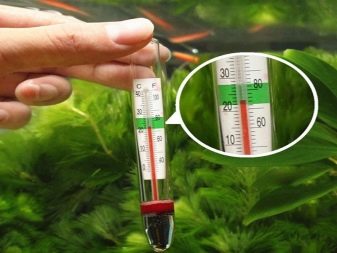
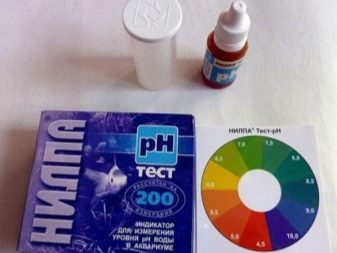
Feeding
Catfish belong to omnivorous fish and the corridors of the shterba are no exception, they are able to swallow everything that they only manage to catch.
They respond especially well to special tablets for bottom fish, present in the assortment line of any major feed manufacturer. They are very fond of minced seafood catfish, as well as scraped meat - keep in mind, it should be low-fat.
But the most favorite food for the shter is the pipe maker. - they are ready to consume it always and in any quantity. By the way, an increase in the proportion of this live food in the diet contributes to a large extent to bringing the stem into a pre-spawning state.
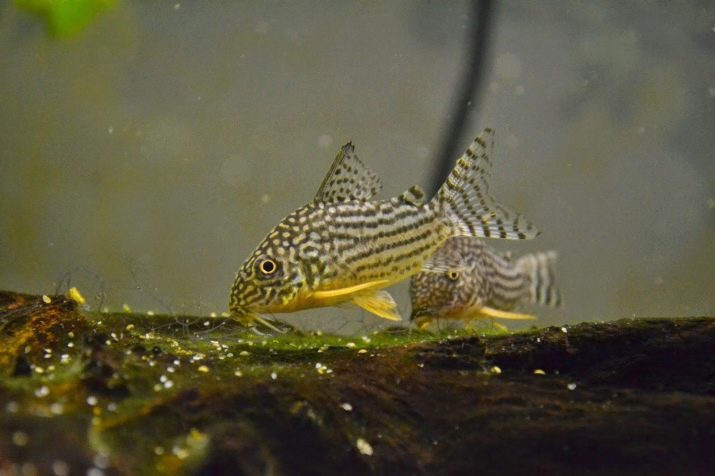
Compatibility
In nature, corridors exist in huge schools of several hundred fish, therefore, they cannot be planted singly in an artificial reservoir, a group must include at least 6 individuals.
The corridors of the shterb are distinguished by a peaceful disposition, they will never touch their neighbors, therefore they are considered ideal residents of common reservoirs. However, not all fish can boast of such friendliness, therefore calm catfish are often attacked by cichlids and some other territorial fish swimming on the bottom. However, such attacks are unlikely to harm the catfish, but they can harm the offenders.
The fact is that the corridors have sharp thorns that are released at the moment of danger - they can even kill a predator trying to swallow them.

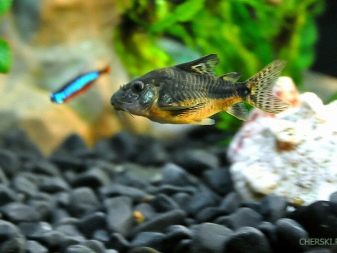
Breeding
Breeding a stem does not differ in any way from breeding other catfish-corridors. In order to obtain a new population of fry, it is necessary to select 1–2 pairs of fish and move them to equipped spawning grounds with a volume of at least 20 liters.
In order to stimulate spawning, it is necessary to increase the water change to 50%, reduce the temperature in the tank by a couple of degrees and offer the pets only live food. When the females are ready to spawn, they are surrounded by males and become more active. It is very important that there are large-leaved plants or Javanese moss in the spawning grounds - they will become the platform for the laid eggs.
For each spawning, the female lays from 30 to 200 eggs; immediately after the male fertilizes them, both parents are transferred back to the common aquarium, the water in the spawning grounds is heated to 26 degrees and waiting - incubation usually lasts 5-7 days, after which the fry hatch, and after another 2 days they begin to swim in the water ... At this point, they need a special starter feed - live dust or ciliates, after a week you can transfer the young to the larvae of brine shrimp.
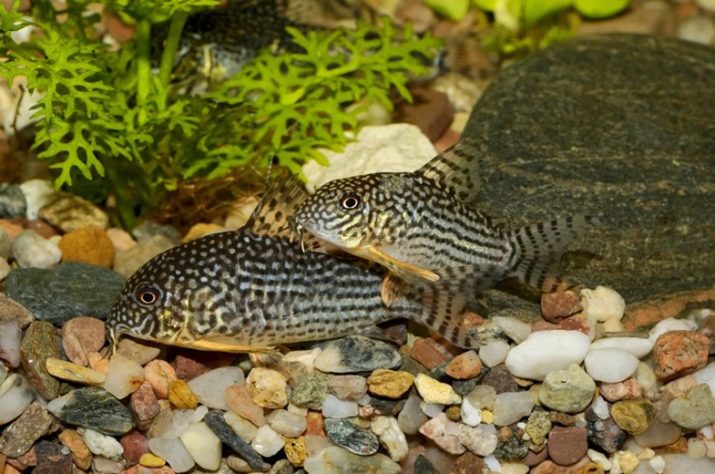
Diseases
When buying a new fish, it must be kept in a separate container in quarantine for about a month. The reason is that "Newbies" are often carriers of fungal and bacterial infections, which in a matter of days can infect all other inhabitants of an artificial reservoir, this happens especially often if the catfish was purchased on the market.
If you notice that your corridor's breathing has become more frequent and it has begun to keep more and more near the surface of the water, it is possible that it has been poisoned by nitrogen or is experiencing oxygen starvation.
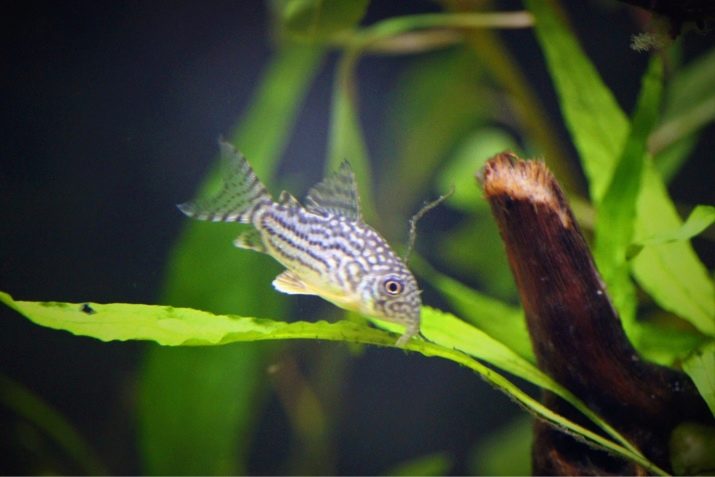
If on the body of the catfish there are spots unusual for the species, smudges or slimy growths, most likely, fungi got into the water along with the food. External parasites can also cause such phenomena.
Usually, the fish are treated with special medications, which must be prescribed by a veterinarian. The use of any "grandmother's" means - hydrogen peroxide, methylene blue, tea leaves or table salt - is fraught with aggravation of the pet's condition and instead of curing the fish, your actions will lead to its death.
See the video below about caring for the Koridoras Shterba fish.








